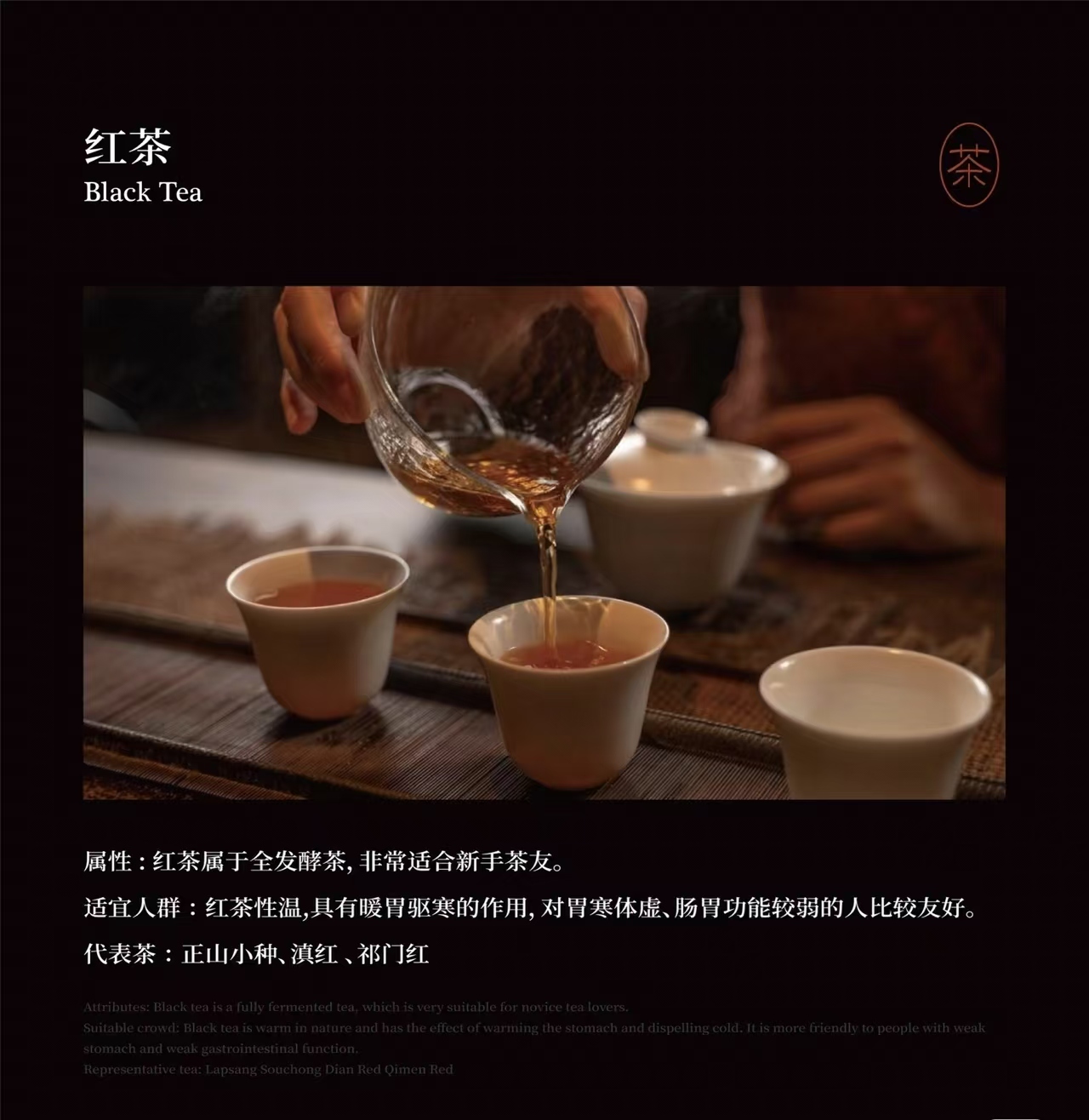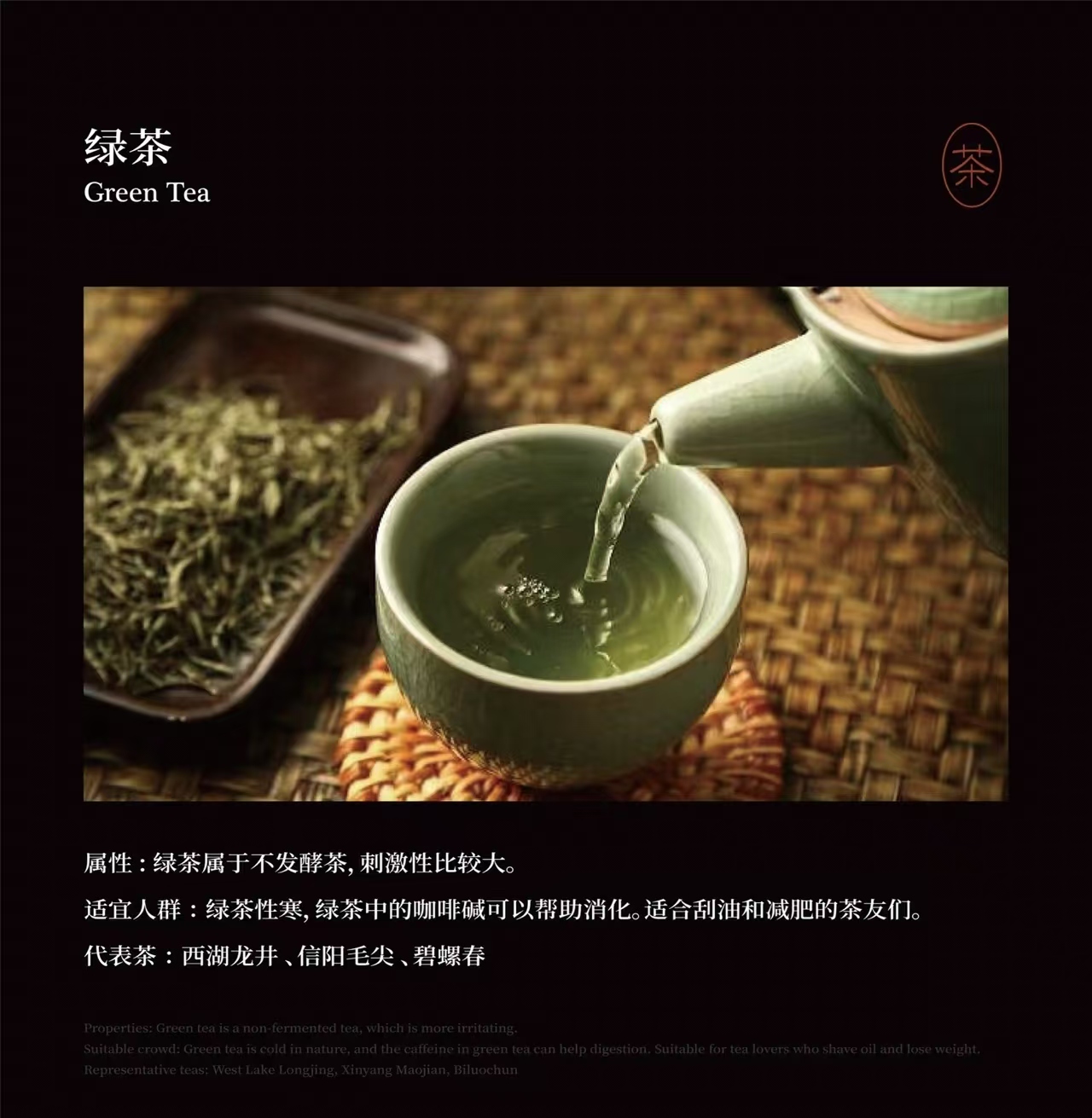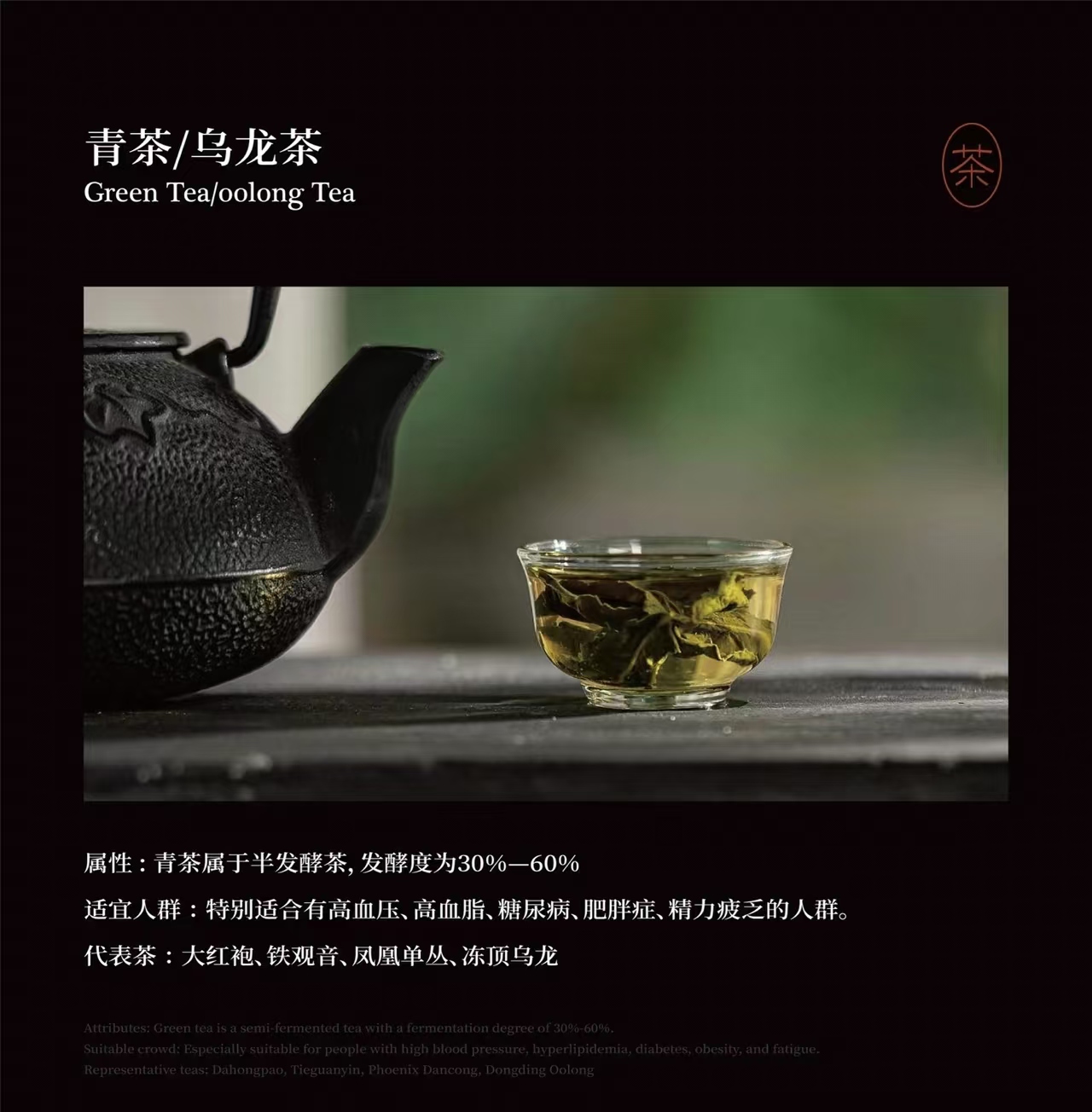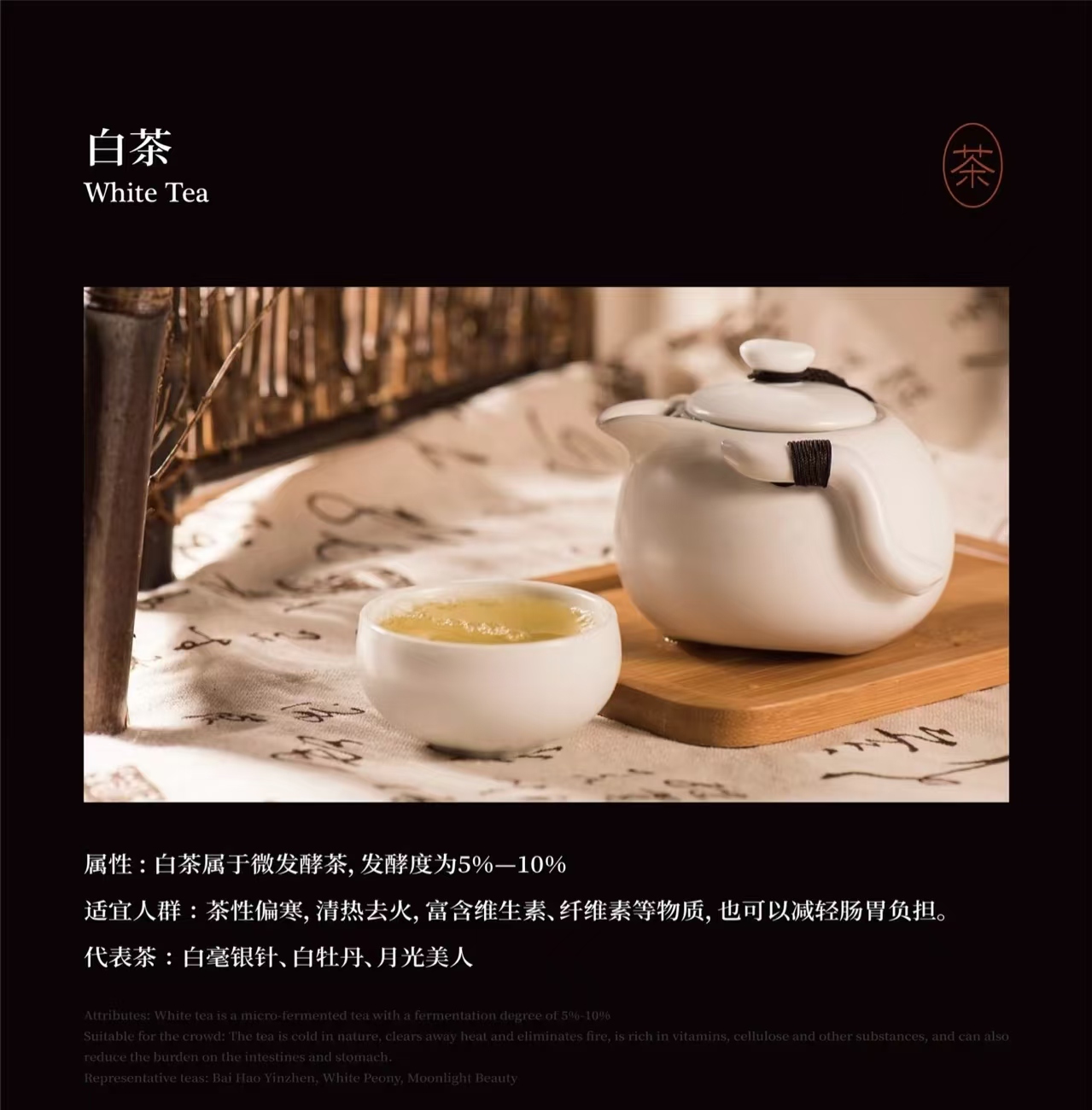Product categories
- All 21
- Black Tea 3
- Dark Tea 1
- Green Tea 2
- Oolong Tea 6
- Tea Set 5
- White Tea 2
- Yellow Tea 2
Status

Need Help?
8/7
Pu erh Tea – Fermented Tea
$349.00 Select options This product has multiple variants. The options may be chosen on the product pageOur New Spice
Arrivals
Questions?
Speak with our team!
Dark Tea: The Aged Wonder of Chinese Tea Culture You Need to Try
Ever heard of dark tea? If not, you’re missing out on one of China’s best-kept secrets in the world of tea! Known for its rich history, bold flavors, and incredible health perks, dark tea (or Hei Cha in Chinese) stands out as the “whole grain” of teas. Let’s dive into why this fermented gem deserves a spot in your pantry.
What Exactly Is Dark Tea?
Dark tea is a post-fermented tea that ages like fine wine. Unlike green, white, or oolong teas, which focus on freshness, dark tea embraces time. Its leaves undergo a unique microbial fermentation process, turning them dark brown or black over years—or even decades! This gives it a smooth, earthy flavor with zero bitterness, along with a distinct aroma that tea lovers describe as “woody,” “mellow,” or even slightly sweet.
Fun fact: Dark tea was once called the “border tea” (Bian Xiao Cha) because it fueled ancient trade routes like the Tea Horse Road and Silk Road. For centuries, it’s been a daily essential for ethnic groups in China’s remote regions, like Tibetans and Mongolians, who rely on its hearty taste and nutritional benefits.
Types of Dark Tea: A Flavor Tour
Dark tea isn’t a one-size-fits-all brew. Each region in China adds its own twist:
- Yunnan Pu-erh (云南普洱): The superstar of dark teas! Pu-erh comes in raw (Sheng) and ripe (Shou) varieties. Raw Pu-erh ages naturally, while ripe Pu-erh speeds up fermentation for a deeper flavor.
- Sichuan Tibetan Tea (四川藏茶): A staple in Tibetan communities, this tea is pressed into bricks and boiled with yak butter for a creamy, savory drink.
- Hunan Dark Tea (湖南黑茶): Think Fu Brick Tea (茯砖茶), famous for its “golden flowers”—a natural probiotic mold that boosts health benefits.
- Guangxi Liubao Tea (广西六堡茶): Known for its smoky, mineral-rich profile, this tea was historically shipped overseas from Liubao Town.
- Anhui An Tea (安徽安茶): A rare, mild dark tea aged in bamboo baskets, loved for its refreshing aftertaste.
Why Dark Tea Gets Better With Age
Forget “expiry dates”—dark tea laughs in the face of time! While most teas lose flavor after 2 years, dark tea thrives. Here’s why:
- Slow Fermentation Magic: Stored in humid, airy conditions, dark tea’s microbes and enzymes work their magic. Harsh tannins fade, sweetness grows, and complex flavors develop. A 10-year-old Pu-erh tastes nothing like its younger self!
- Nutrition Upgrade: Older dark tea packs more tea polysaccharides (great for blood sugar), probiotics (gut health), and antioxidants. It’s like a supercharged version of itself!
Pro tip: Look for teas stored in natural environments (like caves or cellars) for authentic aging. Avoid musty smells—good aged tea should smell earthy, not moldy!
The “Whole Grain” of Tea: Why Rough Leaves Rule
Dark tea breaks all the rules. Instead of delicate buds, it uses mature leaves, stems, and even twigs! These “rough” ingredients are key to its charm:
- Stems Matter: Tea stems add sweetness and help air circulate during fermentation. No stems = no proper aging!
- More Nutrients: Mature leaves have higher levels of polyphenols, dietary fiber, and minerals than tender buds. Think of it as the nutritional powerhouse of the tea world.
How to Pick a Quality Dark Tea
Shopping for dark tea? Keep these tips in mind:
- Look:
- Pressed tea (cakes, bricks): Smooth surface, clear patterns, no cracks.
- Loose tea: Uniform color, oily sheen.
- Golden Flowers (in Fu Brick Tea): Bright yellow specks = good probiotics!
- Smell: A pleasant earthy aroma—never musty or sour.
- Taste: Aged tea should feel silky, not rough. Look for flavors like dates, wood, or dried fruit.
Avoid teas with white, woody stems—they’re too old. Flexible, reddish stems are ideal.
Dark Tea’s Health Hacks: More Than Just a Drink
Modern science backs what ancient traders knew: dark tea is a wellness warrior. Here’s why you’ll love it:
- Fat & Sugar Buster: Studies show it helps lower cholesterol and stabilize blood sugar. Perfect for rich meals!
- Gut Guardian: Probiotics (like those golden flowers!) improve digestion and fight bad bacteria.
- Detox Buddy: Flushes toxins and heavy metals thanks to its high antioxidant content.
- Heart Hero: Softens blood vessels and reduces blood pressure over time.
- Anti-Aging Secret: Loaded with free radical-fighting compounds to keep you glowing.
And guess what? It’s caffeine-friendly! The fermentation process lowers caffeine levels, making it gentler than coffee or green tea.
How to Brew Dark Tea Like a Pro
Ready to sip? Here’s how to unlock dark tea’s full potential:
- Rinse First: Pour hot water (95°C/203°F) over the leaves and discard quickly. This wakes up the tea and removes dust.
- Steep Slow: Use 5g of tea per 150ml water. Steep for 20-30 seconds, adding time with each brew. Good dark tea can handle 10+ infusions!
- Get Creative: Try boiling it Tibetan-style with milk, or add ginger and honey for a cozy twist.
Final Sip
Dark tea isn’t just a beverage—it’s a journey through history, flavor, and wellness. Whether you’re a tea newbie or a seasoned sipper, its rich, evolving taste and health perks make it a must-try. So, next time you crave something earthy, robust, and utterly unique, skip the coffee aisle and reach for a brick of dark tea.







